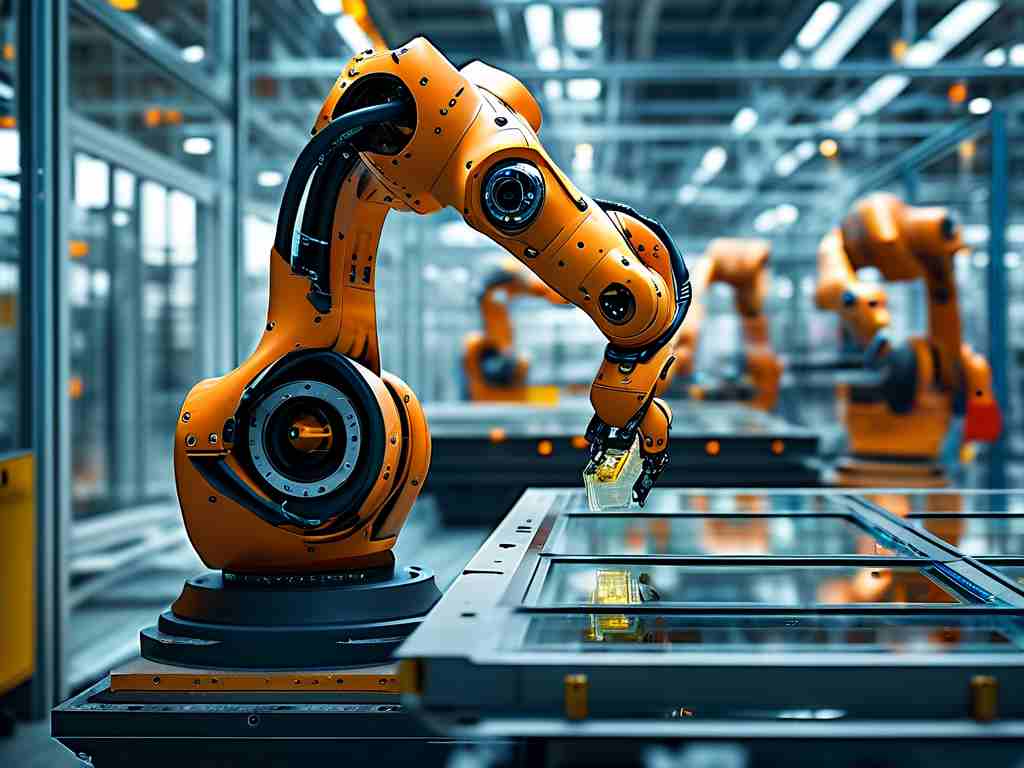The integration of robotic systems into glass installation processes is reshaping the construction and manufacturing industries. By combining precision engineering with advanced automation, robots are now capable of handling fragile materials like glass with unprecedented accuracy, reducing human error and enhancing workplace safety. This article explores the technological advancements, real-world applications, and future potential of robotic glass installation.

Technological Foundations
Modern robotic glass installation relies on a synergy of hardware and software innovations. High-payload robotic arms, such as those developed by companies like KUKA and ABB, are equipped with vacuum suction grippers and force-torque sensors. These tools allow robots to lift, position, and secure glass panels weighing up to 500 kilograms without surface damage. Meanwhile, machine vision systems—powered by algorithms trained on thousands of glass types—enable real-time adjustments for irregularities in thickness or texture. For instance, Fanuc’s 3D vision-guided robots can detect millimeter-level deviations in glass edges, ensuring perfect alignment during installation.
Operational Advantages
One of the most significant benefits of robotic glass installation is efficiency. Traditional manual methods require a team of four workers to install a 2.5-meter glass panel in approximately 45 minutes. In contrast, a single robot can complete the same task in under 12 minutes while maintaining consistent quality. This speed is particularly valuable in high-rise projects, where delays in curtain wall installation can cascade into costly timeline overruns.
Safety improvements are equally noteworthy. Glass handling accounts for 17% of reported injuries in construction, according to OSHA data. Robots eliminate direct human exposure to sharp edges and heavy loads. At the Tesla Gigafactory in Texas, autonomous mobile robots (AMRs) now transport and position oversized glass partitions, reducing onsite injury rates by 34% year-over-year.
Industry Applications
Beyond construction, robotic glass technology is gaining traction in automotive and aerospace sectors. BMW’s Leipzig plant uses collaborative robots (cobots) to install panoramic sunroofs with 0.1mm precision—a tolerance impossible to achieve manually. In aviation, Airbus has implemented robotic systems to fit cockpit windshields, where even minor installation errors could compromise aerodynamic performance.
Retrofit solutions are also emerging. Startups like GlassBot offer modular robotic kits that convert existing glass-handling equipment into semi-autonomous systems. A recent case study showed that a mid-sized glazing contractor reduced labor costs by 41% after deploying these kits across three project sites.
Challenges and Solutions
Despite its promise, robotic glass installation faces hurdles. The initial investment for a full robotic system ranges from $150,000 to $800,000, putting it out of reach for smaller firms. However, robotics-as-a-service (RaaS) models are lowering barriers to entry. Companies like Hirebotics now provide pay-per-use leasing options, enabling contractors to access advanced automation without upfront capital.
Another challenge is handling non-standard glass formats. Irregular shapes or custom-etched designs often require manual intervention. To address this, researchers at MIT’s Computer Science and AI Lab have developed adaptive grippers using granular jamming technology. These grippers conform to unique glass contours within seconds, expanding the range of automatable tasks.
Future Outlook
The next frontier lies in AI-driven predictive maintenance. By analyzing vibration patterns and pressure data from robotic arms, algorithms can forecast equipment wear before failures occur. Pilots at Skanska’s Smart Factory in Stockholm have demonstrated a 22% reduction in unplanned downtime using such systems.
Additionally, 5G-enabled cloud robotics promises to revolutionize large-scale projects. Multiple robots could synchronize installations across different building zones via centralized control systems. China’s Broad Group recently tested this approach during the construction of a 30-story prefabricated tower, where networked robots completed all glass facade work in 11 days—a 60% time savings compared to conventional methods.
As material science advances, robots may eventually install emerging glass variants like self-healing or energy-generating photovoltaic glass. With continued innovation, robotic glass installation could become the standard for 92% of commercial construction projects by 2035, fundamentally redefining how we build and maintain structures.









